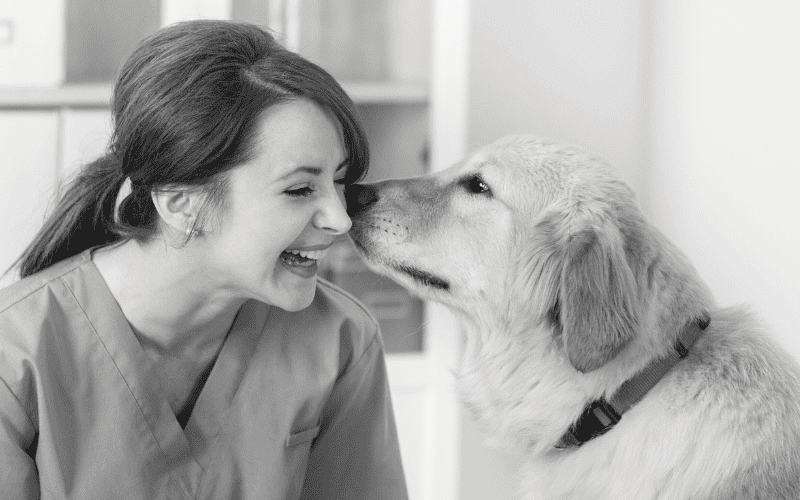Veterinary Preventive Care: Let Your Vet Techs Do the Talking


Having enough time to accomplish all the tasks a veterinary team is responsible for can be challenging. But the veterinary practices that effectively use their full teams can recapture hours during the day.
How to Empower Vet Techs to Take On Responsibility
As identified in the publication, Finding the Time, a characteristic of highly productive practices is that the team feels empowered. One way to empower your veterinary technicians is to have them lead communications with pet owners on preventive care. In fact, 31% of survey respondents stated there are opportunities to empower trained technicians and assistants to lead pet owner communications.
For example, in a 30-minute appointment, you can have your technicians communicate preventive care and patient needs before the veterinarian even enters the room. When technicians take a lead in communicating, the client sees them as integral to their pet's care and understands that they can look to the whole team for support, not just the veterinarian.
Technicians can also set the tone for when the veterinarian arrives and increase productivity. In any discussion, the more often your clients hear something, the more likely they'll take action. When the technician sets the foundation, the veterinarian can focus on diagnosing, prescribing, setting up treatment plans, and building relationships.
To empower technicians to feel comfortable discussing the need for wellness screening with clients successfully, you have to:
- Dedicate time to teach and train
- Use real-life examples
- Create scripts and role-play
Dedicate Time to Teach and Train Vet Techs
In the same publication, almost half of the practices that experience high productivity have a dedicated team training program. While training itself takes time, it can ultimately save time later on in your day-to-day practice.
To help technicians get more comfortable discussing wellness screenings and data with clients, build your technicians' data skills. Share the data that demonstrates that as dogs and cats age, they show increasing numbers of clinically relevant abnormalities. For example, new data by IDEXX suggests that 1 in 7 dogs aged 1-3 years have clinically relevant abnormalities on their minimum database. And by the time these dogs are 8 years old, that statistic rises to 1 in 5, and by 10 years old, it's nearly a third.
Use this and other data to discuss why wellness screenings are valuable in detecting disease early. Discuss what tests should be run and when and what each of these tests means. By training your technicians on this data, you'll empower them to share it with clients more readily.
Use Real-Life Examples of Wellness Testing
Sometimes getting client compliance on recommended wellness testing can be tricky. One of the best ways to illustrate the importance of routine diagnostics is to share profiles where identifying abnormalities allowed for early intervention. Using real-life examples shows how wellness testing can impact pets' health.
Teaching your team how to review profiles will give them the confidence to point out abnormal values and discuss the conditions they might indicate. This allows technicians to work closely with the veterinarians on your team as well as clients to establish trust.
When technicians feel more confident in their abilities to recognize the data, they can better communicate it with the client and better convey how wellness testing can catch abnormalities.
Create Scripts and Role-Play with the Veterinary Team
Help your vet techs create scripts they can use when discussing preventive care data with the client. If they create and understand the scripts, they'll be able to better deliver them to the client.
A great way to demonstrate how to deliver this information is to have your team be clients and their pets be patients. Present what their pets need and why, answer questions they may have, run a wellness profile on their pet, and review the results. This role-play will allow technicians to see how the data they need to present works in real situations. Then, consider swapping roles. Have technicians deliver this data to you to put their training into practice and boost their confidence.
It Takes a Village
So, how do you create a team of wellness warriors and improve productivity? Start by discussing the data and how communication can increase and influence compliance. Set goals and create the systems and processes to ensure that everybody is having the same conversation with clients. Support technicians throughout their training to build trust and empower them to feel confident in their client interactions.
By investing in training and empowering technicians, you show respect, provide greater responsibility, and give them enhanced team and client recognition, leading to greater productivity for the whole practice.






